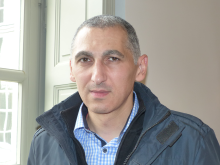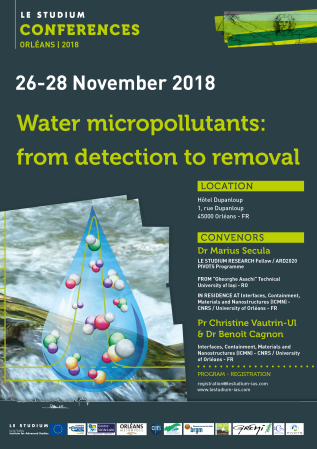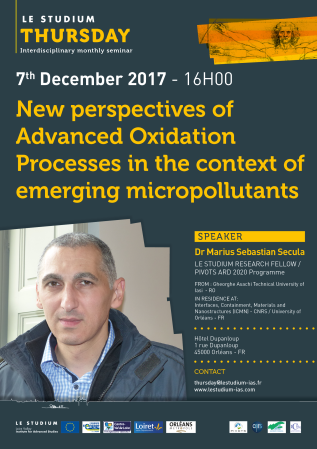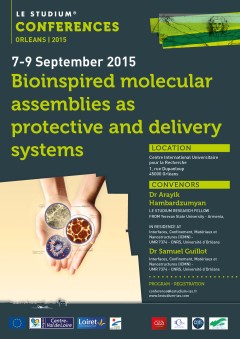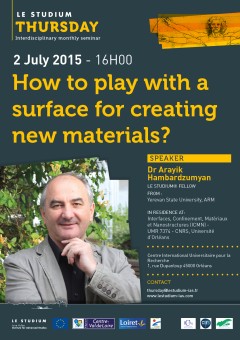Interfaces, Confinement, Materials and Nanostructures (ICMN)
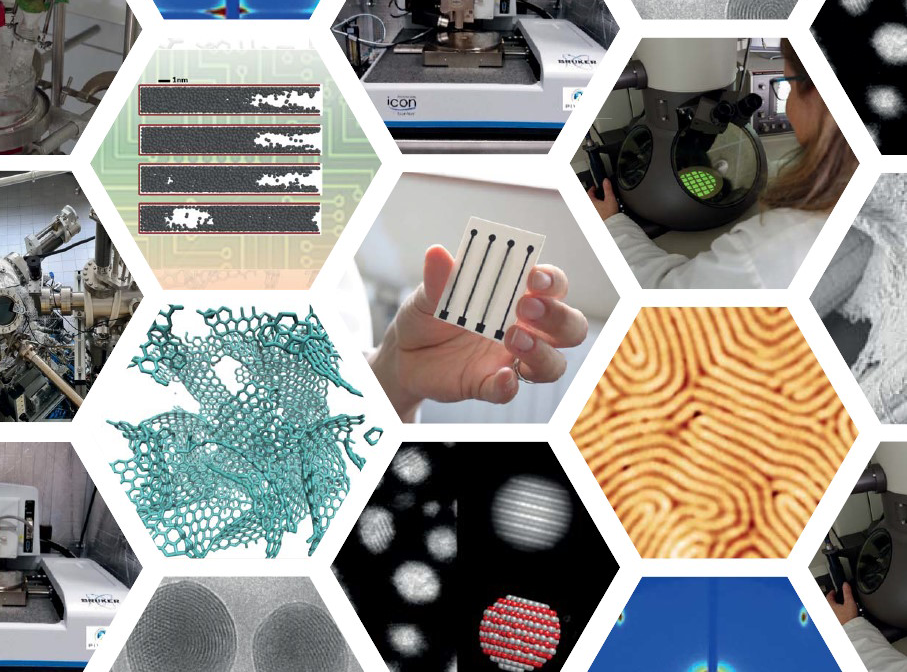
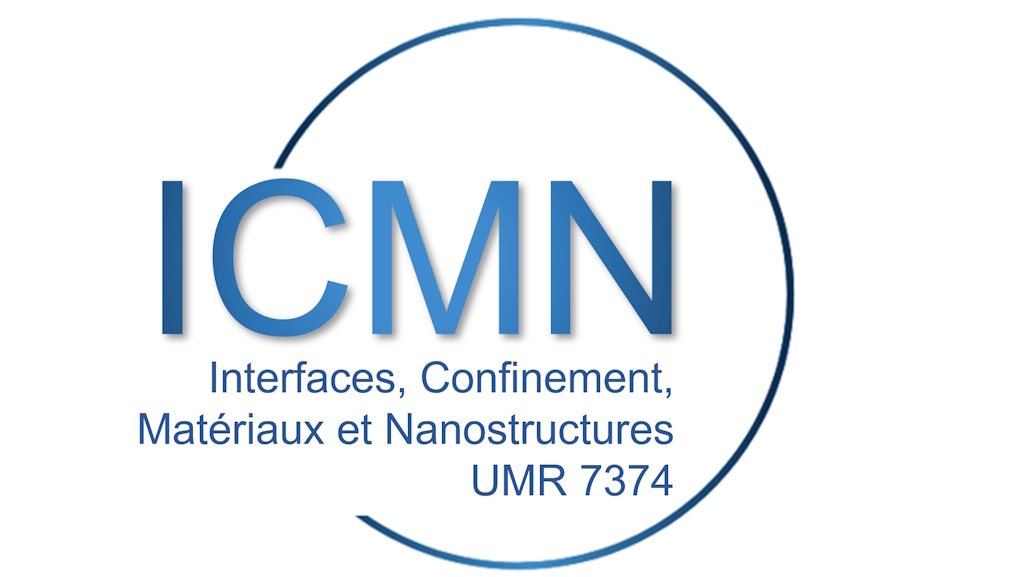
1B, rue de la Férollerie
CS 40059
Orléans 45071
France
The ICMN's research activities are mainly focused on the study of the materials of the future, which include nanoparticles, nanoalloys, structured nanomaterials, graphenes and 2D heterostructures based on metals or metal oxides, organic and hybrid materials, porous media based on carbon and clay media, confined or self-organised complex fluids, colloidal suspensions, polymers, and so on. The ICMN is developing innovative manufacturing methods and processes to control the structuring, texturing, functionalisation and regeneration of materials. Using multi-scale physico-chemical approaches, both experimental and numerical, and a combination of very fine analysis techniques, often in situ and in real time, under controlled environmental conditions, we seek to provide an in-depth description of the phenomena occurring at the surface and at the interfaces in order to control the properties of materials on a customised basis. The interdisciplinary nature of our approaches encourages the emergence and development of new nano-characterisation techniques and the design of innovative calculation models. Aware of the ecological impact of our research, we develop strategies for recycling and reusing materials while maintaining their performance and functional properties at the highest level. Our research is focused on applications in the energy, micro and nanotechnology sectors, as well as in environmental protection, with a particular focus on water decontamination and the development of advanced environmental sensors.
Research topics:
The ICMN's research activities are structured around three thematic areas, which are organised around experimental, numerical and modelling approaches that provide a better identification and understanding of the physical and physico-chemical phenomena of these materials. The complementary areas of expertise of the laboratory's members enable it to develop ambitious projects that respond to socio-economic concerns in various fields of application (nanotechnologies, photovoltaics, environmental protection, cosmetics, health). Research activities are supported by a diversified instrumental platform, one of the laboratory's major assets, to address a wide range of scientific issues.
- Nanostructures
Our activities are focused on understanding the emerging phenomena in nanostructures and nanostructured metal-based assemblies induced by the reduction in size (nanometric scale) and dimensionality (0D, 2D systems) offering unique properties and functionalities resulting from the finite amount of matter (confinement) and the dominant surface and interface effects. Our research focuses on three critical aspects of these nanostructures:
1- The stability of multi-element nano-alloys,
2- The growth of nanometallene on graphene/h-BN,
3- Environmental effects on pure and alloyed nanostructures.
- Polymers, Colloids and Organisations:
The ‘soft matter’ activities of the PCO theme focus on the design and formulation of innovative materials with complex structures. The identification of structuring mechanisms and the modulation of organisations by various stimuli are the main objectives of the two themes in this area:
1- Nano-structuring of polymers in thin films: polymer blends, self-organisation of block copolymers, 2D structuring of polymeric colloids.
2- Development and optimisation of complex colloidal suspensions: lipid mesophase dispersions, cosmetic formulations, kaolinite suspensions for zeolite synthesis, low-dimensional colloid assemblies (inorganic and hybrid nanosheets)
- Interfacial systems - Functional carbons
Research in the SICF area is structured around ‘Materials by design’, starting with the development and synthesis of the material (porous, 2D, etc.), its functionalisation and the characterisation of its structural, morphological, optical and electronic properties, through to its integration into devices for pollution control or environmental sensor applications, combining fundamental and applied, experimental and numerical studies. Activities are structured around three thematic areas:
1- Carbon-based, bio-based and multifunctional materials,
2- Phenomena at interfaces, porous media and confined fluids,
3- Development of environmental sensors.
Experimental resources:
MBE/MBD ultra-high vacuum deposition, X/SAXS/GISAXS/WAXS diffractometers, RHEED fast electron diffraction, X-ray and UV-XPS/UPS photoelectron spectrometer, Microscopes (TEM/EDX, AFM, SECM, optical), FTIR, UV-Vis spectrometers, Raman and fluorescence lifetime imaging (FLIM), optical profilometer, ellipsometry, tensiometry (force, drop), potentiostats/galvanostats, laser granulometry, impedance meter, gas adsorption (N2, CO2), TPD and ATG/DSC thermal analyses coupled with mass spectrometry, high-temperature furnaces under controlled atmosphere, liquid chromatography, elemental analyser, rheometer, zetameter, COTmeter, numerical calculation station (Monte Carlo method, molecular dynamics, machine learning).




